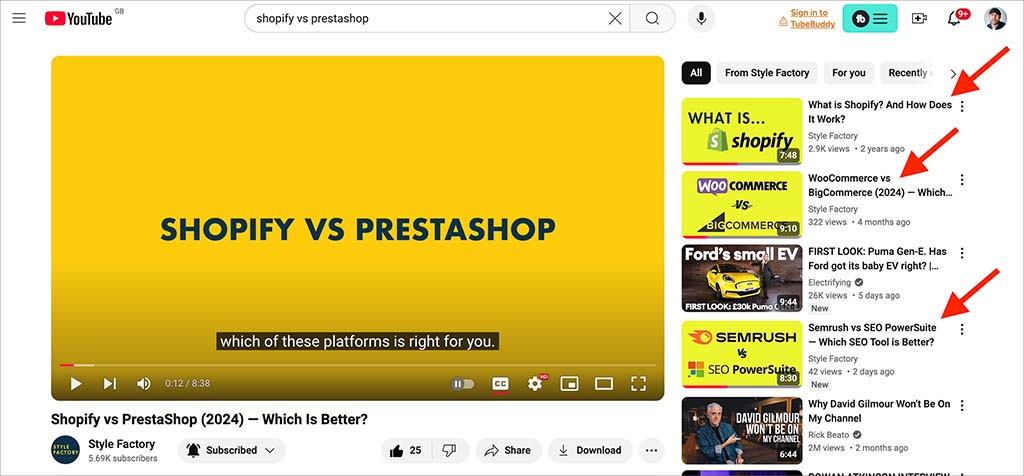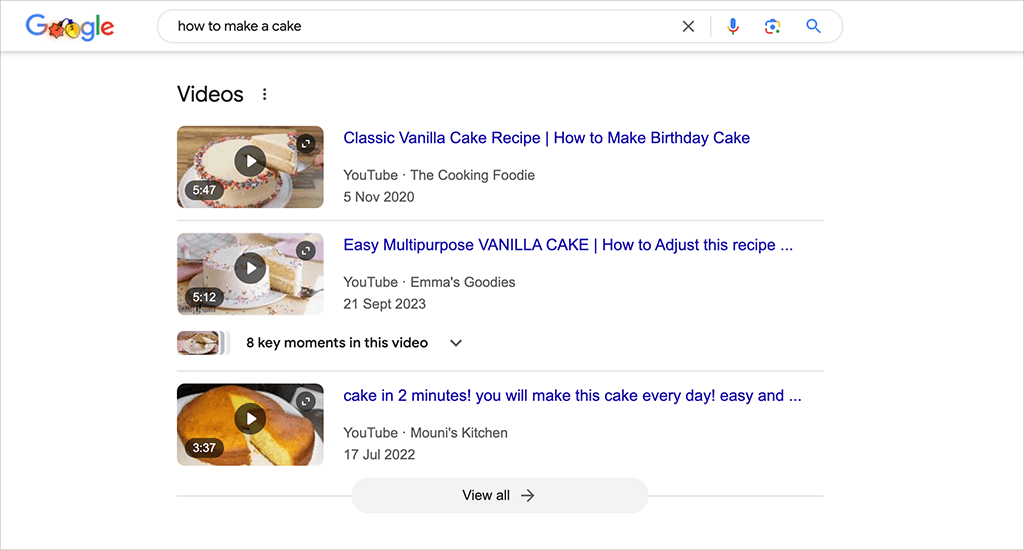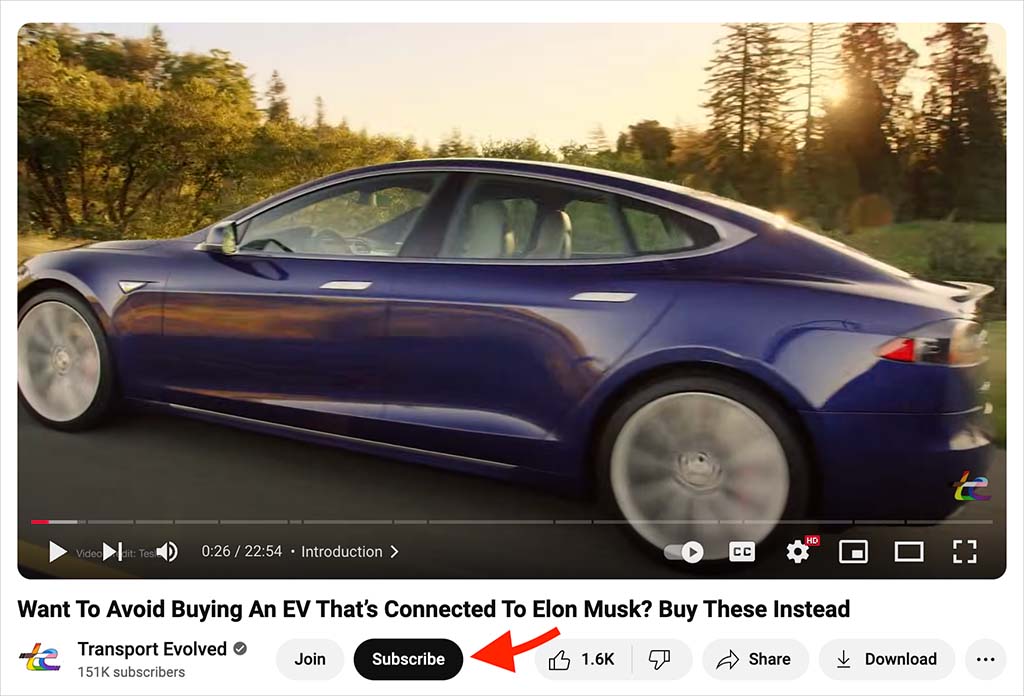
For many of us working in SEO, it’s been a tough couple of years.
Things started to get bad in September 2023, with the release of Google’s Helpful Content Update — an algorithm update that buried expert niche sites beneath a sea of hard-to-follow Reddit discussions and poorly-researched posts from big brand websites.
Then we got the introduction of Google’s AI Overviews. These are getting increasingly good, but they are effectively created by algorithms scraping and rewriting content creators’ work — the same work that is then pushed much further down the page by the AI Overviews in question.
And on top of that, Google seems to be inserting more and more ads into its search results pages — many of which are barely distinguishable from non-sponsored results and reduce the visibility of organic results even further.
The advice from Google on how to navigate all these changes has been, in the main, unclear. Content creators have been told that ranking highly now involves doing things like “ensuring your content is helpful” and “making content for people, not search engines.” The first suggestion is vague — ‘helpful’ is an incredibly subjective term. And the second conveniently ignores the fact that search engines are, of course, only used by people — making the idea of focussing on a search engine audience OR a human one something of a false and confusing choice.
The upshot of all of this for many site owners is a big reduction in traffic, with all the implications this has on revenue and jobs. And the situation is likely to get more complicated still, with the emergence of new search engines from ChatGPT and other AI companies potentially redefining the whole world of SEO.
So what to do?
Well, as a company that’s not been unaffected by all this turmoil, we’ve been giving this a fair bit of thought. And going forward, our approach to maximizing the visibility of our content is going to focus heavily on producing videos for YouTube.
Let me explain why.
1. YouTube is the second-biggest search engine in the world
Estimates vary, but it’s thought that there are around 2.5 billion to 3 billion searches conducted on the platform each month, making YouTube the second biggest search engine in the world. This fact, in its own right, makes it publishing content on it extremely worthwhile — there’s a big market to get in front of.
2. YouTube surfaces content more proactively than Google
As discussed earlier, Google seems to be taking a number of steps at the moment to discourage users from clicking on content creators’ work (mainly via AI Overviews and sponsored results — but also by displaying lots of other types of ‘zero click content‘ like featured snippets, business profiles, maps, etc. prominently in search results).
YouTube takes a different approach however — it actively encourages users to click on creators’ work by actively surfacing it in multiple contexts. This isn’t for altruistic reasons, as every click on a video gives YouTube an opportunity to show an ad. Nonetheless, YouTube’s algorithm goes out of its way to promote your content in a way that Google’s doesn’t, surfacing your videos automatically in a number of locations.

You videos may pop up…
- on a user’s YouTube home page
- via user notifications
- as a suggested watch at the end of a video
- on the side of a video you’re currently watching
- among the various shorts you’re flicking through.
Although Google also surfaces content a bit — via its ‘Discover’ service, which suggests content you might enjoy based on your search history — this is not as ‘built-in’ to the search experience as the video suggestions you get in YouTube. It’s only available on mobile devices, for a start — and, where iOS users are concerned, only via the official Google app.
(Furthermore, if you have a Google Workspace account, various settings have to be enabled before Discover can be used).
3. YouTube content often makes its way into Google results
Because it owns YouTube, Google is increasingly pushing videos published on the platform prominently in its search results. You’ll find them in lots of different locations — for example they can crop up in AI Overviews, in knowledge panels, as featured snippets, as regular search results and as results in the ‘video’ tab. And, because Google nearly always accompanies these videos with a large thumbnail image, they tend to stick out more than regular search results for websites.

Recently we’ve seen that the video content we publish usually ranks higher and more quickly in Google search results than our blog posts covering the same topic — and this is a large part of the reason we intend to produce a lot more YouTube videos going forward.
4. YouTube lets you build a subscriber base more easily
When somebody clicks through to your website from a search result, that is often the end of the story: your relationship with the user ends as soon as they leave your site. Yes, you can encourage people to join your mailing list (which, for a variety of reasons, is an excellent idea), but doing that always involves a bit of friction for your visitor — they’ll have to see or locate your signup form and then make the effort to type out their email address (something that smartphone users can sometimes be loathe to do, given how fiddly the keyboards on mobile devices can be).
The subscription process is much easier in YouTube; it’s simply a case of hitting a subscribe button. This gives you the opportunity to connect on an ongoing basis with the people watching your videos. In some ways, this makes a video view more valuable than a website visit.

5. A YouTube video can be repurposed really easily
The great thing about creating video content for YouTube is that you don’t have to leave it at that. You can repurpose the content you’ve created in lots of ways. For a start, you can turn one YouTube video into several, by chopping your original video up into clips that can be used as shorts.
More significantly perhaps is the fact that you can simply upload the video content you’ve created to lots of other platforms — Facebook, TikTok, DailyMotion etc., extending its reach considerably in the process. Sometimes this will involve a couple of minor edits (usually to ‘follow us’ calls-to-action) but overall, the repurposing process is pretty quick.
With text-based content written to rank in Google, by contrast, the repurposing options are arguably more limited — it’s not advisable to republish the same content verbatim in multiple locations, for example (due to Google’s dislike of duplicate content).
So should we all just stop publishing text-based content?
In a word, no. For a start, Google still dominates the search landscape and receives 85 billion visits per month — making it daft to ignore it entirely. You can still drive clicks from Google by creating interesting pages and posts.
Additionally, good text-based content — and the research involved in creating it — is often key to producing the sort of YouTube videos that rank highly. A great blog post gives you the starting point for a great video script.
The key takeaway here is that relying on Google visits from blog posts as your sole source of traffic, while always a bit risky, is getting downright dangerous for businesses. The Helpful Content Update of 2023 and subesequent core updates killed off many well-loved niche websites; Google’s recent site reputation abuse penalties did the same for many less-loved but much-visited major publishers. And with Google boss Sundar Pichai warning that Google is about to change even more profoundly, it’s harder than ever to justify placing all your content eggs in Google’s basket.
So for now, we’re taking a ‘best of both worlds’ approach, creating both text and video content; but in 2025, we’re placing a particular emphasis on growing our catalog of YouTube videos. Internally we call it the ‘lifeboat strategy’ — an approach that might allow Style Factory to live on in the event of a total collapse in organic search traffic.
But I’ve got a feeling that our increased video output might yield significantly more interesting results for our business than just that.
Don’t miss out on our free SEO toolkit
For a limited time only we’re offering our readers some excellent free SEO tools and resources. Sign up now to immediately receive:
- our downloadable cheatsheet containing the 20 key steps to ranking highly in search results
- extended free trials and discounts for leading SEO tools
- our downloadable cheatsheet on how to grow organic traffic to a blog
- 2 in-depth guides to SEO
- ongoing free tips and advice on SEO and growing your business
No comments